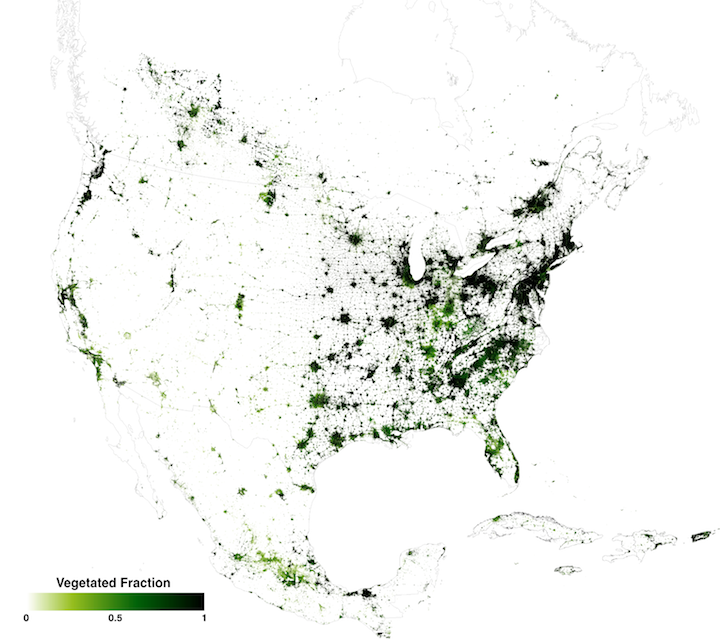Accurate representations of urban expansion are of interest to a large scientific, socio- economic and policy-making community. The increasing aggregation of population and concomitant modification of land cover has both socio-economic and micro and meso-climatic, hydrologic, biophysical and ecologic impacts on the ambient environment. In order to quantify, monitor and model these impacts it is necessary to have accurate depictions of the spatial extent and physical properties of the urban area – however defined. Characterizing large-scale historical changes in urban spatial extent, however, remains a challenge due to the inherent complexity and variability of the urban environment. Even in data-rich countries there is little spatially explicit, land-cover specific, information on how much land is being converted for urban land use over time, how this expansion compares to increases in urban density and relates to a whole host of drivers and environmental changes. The problem is compounded by the lack of a single unambiguous definition of what distinguishes urban from non-urban. The broad diversity of urban forms compounds the problem of classification because the physical properties of urban environments are more diverse than most indigenous land cover classes.
